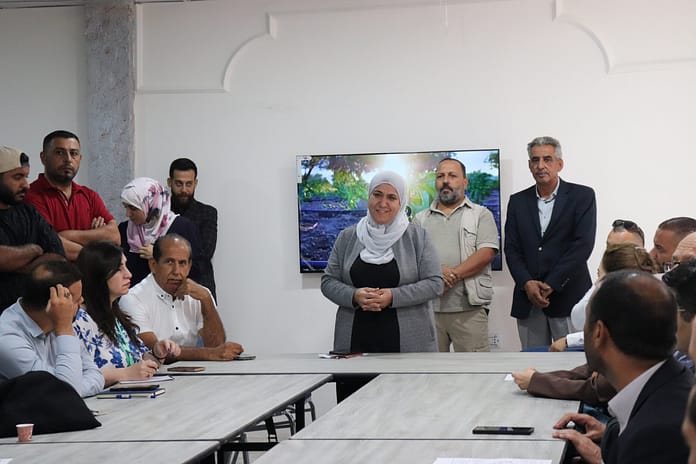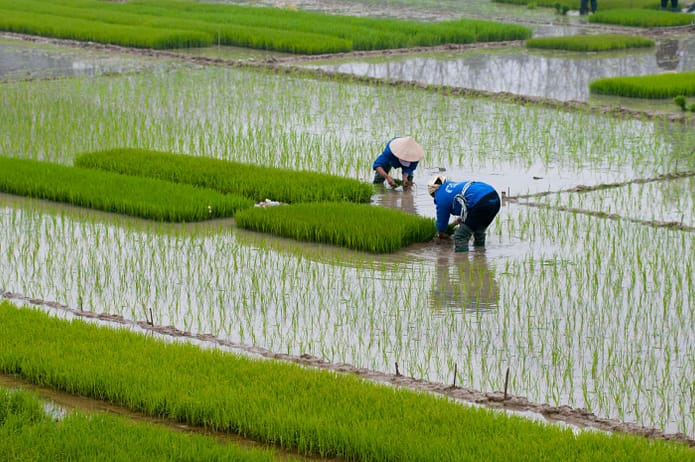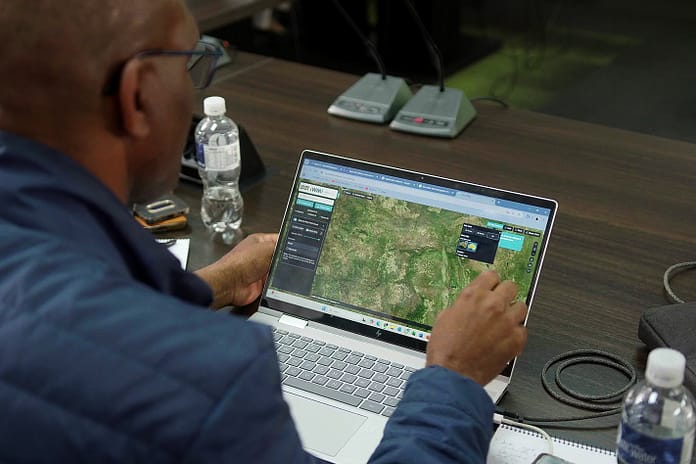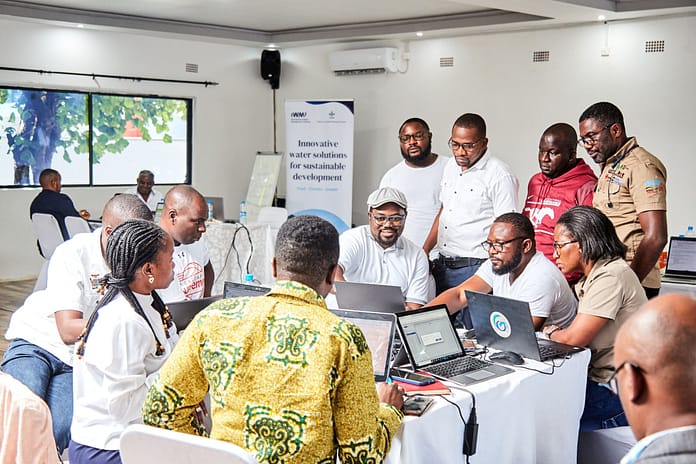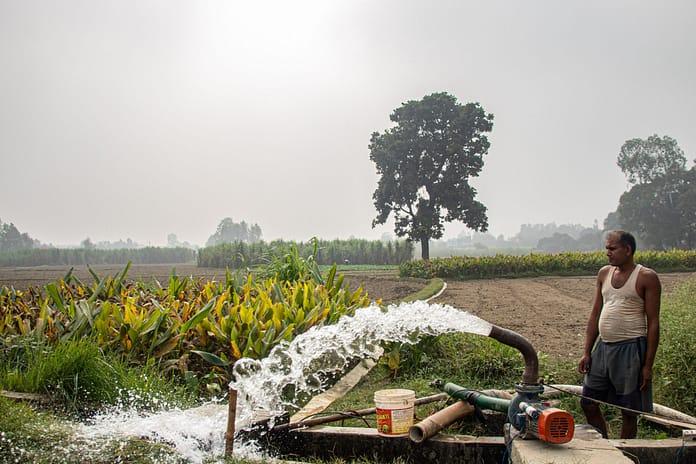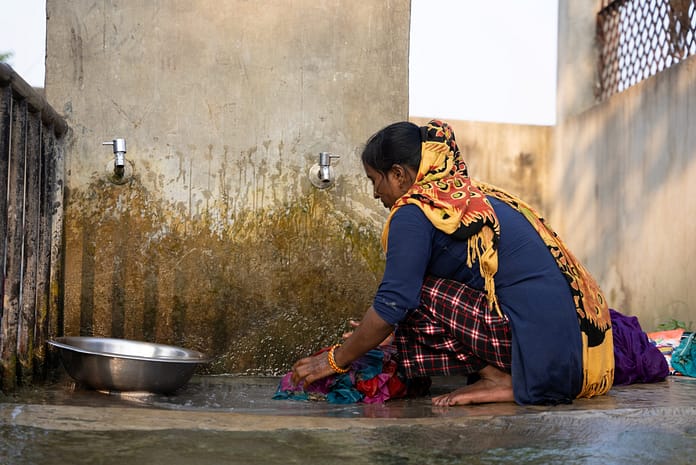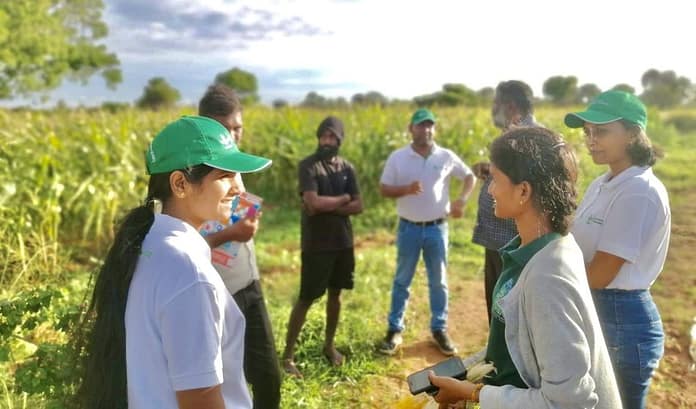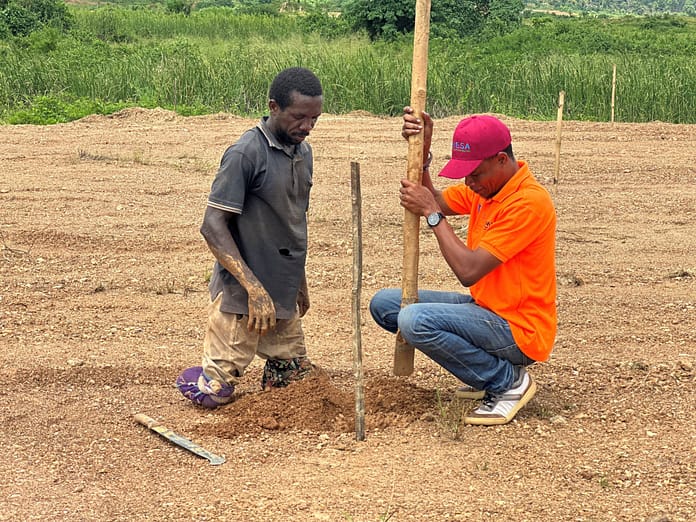
Water is an important resource for sustainable development, food security, and human well-being. In Nigeria, the growing population coupled with climate change is putting tremendous strain on water resources, especially for women, girls and marginalized social groups. Thus, addressing gender inequalities through water sector policies is critical for inclusive development. Mainstreaming gender in policy design and implementation will not only ensure equitable access to water but empower women and men, enhance community resilience, and support sustainable water governance.
Water governance in Nigeria is complex. It involves coordination across federal, state, and local government levels. The Federal Ministry of Water Resources (FMWR) leads the formulation of national water policies and oversees large-scale infrastructure projects, such as dams and irrigation systems. FMWR also collaborates with various agencies to ensure effective water resource management across the country. At the basin level, River Basin Development Authorities manage specific river basins, focusing on irrigation, flood control, and water supply, while the National Water Resources Institute conducts research and training related to water resources management.
Water Agencies or Boards at state level are responsible for potable urban water supply and local water management, governed by laws which can vary significantly between states. This contributes to fragmented governance, and local governments tasked with implementing water supply initiatives often lack the necessary resources and authority to effectively manage water systems.
Water management and gender equality in a development context are inextricably linked. Nigeria has signed numerous regional and international policy instruments (e.g., Africa Union’s (AU) Africa Water Vision 2025, AU Gender Policy of 2009, 2005 ECOWAS Gender Policy) aimed at promoting gender equity and efforts have been made in water sector governance to raise awareness of its importance. However, as noted by a government stakeholder, “consciousness on gender is increasing, but policy implementation remains weak. It is only on paper.” This gap highlights the lack of actionable frameworks, leaving a patchwork of gender equity goals in the water sector unrealized. The situation also limits progress, perpetuates inefficiencies, and excludes valuable contributions from different social groups in decision-making processes.
The International Water Management Institute, under the CGIAR Initiative on National Policies and Strategies, based on gaps identified from a previous study on policy coherence, investigated the extent of gender integration in water sector policies and governance, with case studies from the Federal Capital Territory (Abuja), Oyo and Nasarawa States to better understand key challenges and suggest forward looking solutions.
Challenges for gender equality within Nigeria’s water sector
The findings from the study reveal that, despite the existence of gender and water-related policies, laws and regulations (e.g. Water Act 1993, National Water Resource Policy 2016, National Gender Policy, 2021-2026), gender mainstreaming within Nigeria’s water sector faces several significant challenges.
Women are often excluded from decision-making processes regarding water resource management. A stakeholder in Nasarawa State explained: “In some cases, cultural and religious norms do not permit women to lead which makes it difficult for women to be given leadership positions.” Consequently, despite gender awareness efforts made by NGOs, many women do not perceive themselves as agents of change. Including women only as beneficiaries in water sector projects, does not drive systemic change as they do not actively participate in water governance.
Existing regulations do not adequately address gender disparities. For instance, the Water Resource Act, 1993, has no clause on gender. The absence of gender-specific provisions in water laws hinders efforts to promote equality in access to resources and decision-making processes. Also, there is limited sex-disaggregated data on water usage and needs, which impedes the ability to tailor programs that effectively address the distinct needs of women and men.
Limited awareness and understanding of gender issues in water management, which affects the ability to implement inclusive practices effectively. For example, at both federal and state levels, water-related ministries and departments often lack designated gender focal points. Interim gender representatives are usually coopted during project implementation phases rather than integrated throughout all stages.
Pathways to mainstreaming gender into water sector policies
Addressing the challenges requires concerted efforts from all levels of government, and stronger collaborations with relevant stakeholders.
“There is a need to unpack gender mainstreaming. To most people, gender means women. The State needs to understand what gender inclusion is all about,” said an NGO representative in Oyo State.
Strengthening awareness and understanding of gender mainstreaming is critical. This should involve launching targeted campaigns aimed at unpacking the concept for all stakeholders in the water sector to improve their understanding. Enhancing stakeholders’ understanding can shift systemic perspectives from a needs-based approach where women are seen mainly as beneficiaries of development projects to a human rights-based approach where they are seen as agents of change with economic, social, cultural, civil and political rights.
Regular policy reviews and development through comprehensive gender analyses are essential for fostering inclusive water governance. Existing water sector laws and policies must be periodically reviewed and updated, ensuring that policies are responsive to the needs and priorities of both men and women and reflect current realities and challenges faced in water management. For instance, an amendment of the Water Resource Act, 1993 to factor in gender provisions is required.
While legal and policy recognition for gender participation in water management is vital, this alone is insufficient. Addressing social and power dynamics, tackling patriarchal cultural norms, overcoming political resistance, and capacity building opportunities (particularly for women) are all essential for ensuring greater gender equality and effective water governance. Training should focus on building technical skills, leadership, and advocacy capabilities among women in the water sector.
Another pathway to change is to engage the community to overcome cultural and social barriers by fostering dialogue and collaboration among diverse stakeholders, including traditional leaders, women’s groups, and youth organizations.
Institutional strengthening and the establishment of gender focal points are crucial. This can include implementing initiatives that encourage women’s representation in decision-making bodies related to water governance. Dedicated gender focal points within water-related ministries and departments at both federal and state levels could be appointed to champion and oversee gender integration; or ‘women-only’ water user groups could be set up to manage and utilize water resources effectively.
In terms of data, mechanisms for collecting sex-disaggregated data on water usage, access, and management will help inform policy decisions and program designs tailored to the needs of different social groups.
Finally, monitoring and evaluation mechanisms should be developed to track progress in gender mainstreaming, ensuring accountability and continuous improvement.
These efforts will contribute to building an effective water governance system that upholds the principles of equity and sustainability.



